KANSAS CITY, Mo. — Barney Allis Plaza in downtown Kansas City, Missouri, is home to a bronze marker that many passers by likely have never taken the time to notice.
That bronze marker signifies the city's LGBT activism that not only changed the future of Kansas City, but the rest of the nation.
What happened at the State hotel that once stood at the corner of W. 12th Street and Wyandotte Street didn't go down in history like the Stonewall riots, but historians say it laid the foundation.
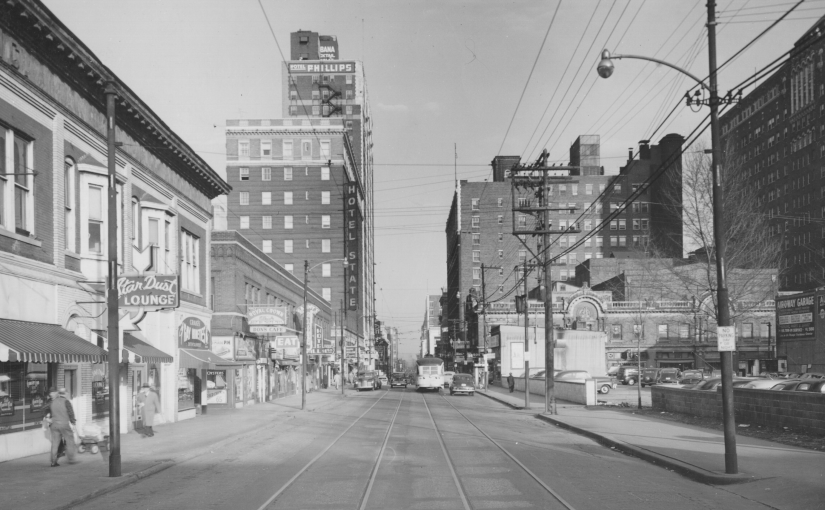
"We are standing next to a marker that commemorates the first-ever gathering of national gay and lesbian civil rights leaders that took place in 1966," Stuart Hinds, Curator of Special Collections and Archives at the University of Missouri - Kansas City, said in a recent interview at the marker.
Hinds works at GLAMA, Gay and Lesbian Archives of Mid-America, to preserve this history.
You can see their online exhibit: Making History.
"These were the Martin Luther Kings, the Cesar Chavez's, the Gloria Steinems of this particular civil rights movement," Hinds said.
Many of the organizations had already been around for 15-20 years. They chose Kansas City because of its central location and vibrant LGBT cultural scene.

And so, the National Planning Conference of Homophile Organizations met during a time where you could be fired from your job, arrested for being in a bar, institutionalized, and worse for your sexual orientation.

"They started a legal defense fund because at the time you could get into all sorts of legal issues for being a gay person," Hinds said. "They planned the first nationally coordinated protest against the U.S. military."
President Dwight D. Eisenhower passed an executive order in 1952 that barred gay and lesbian people from working in the federal government. Soon after, thousands of people were forced out of their jobs.
"It was just a really, really challenging time for gay men and women in this country during those two decades," Hinds said. "That's why you start to see this really organized means of trying to address some of those conditions."
The organizations continued to grow afterward, meeting as the North American Conference of Homophile Organizations (NACHO, pronounced Nay-Ko) in San Francisco six months after the Kansas City planning meeting.
Drew Shafer, one of the attendees, helped form the Phoenix Society for Individual Freedom in Kansas City.

They created a newsletter and magazine that addressed political and personal issues around being gay, while showcasing artwork and poetry from local subscribers.
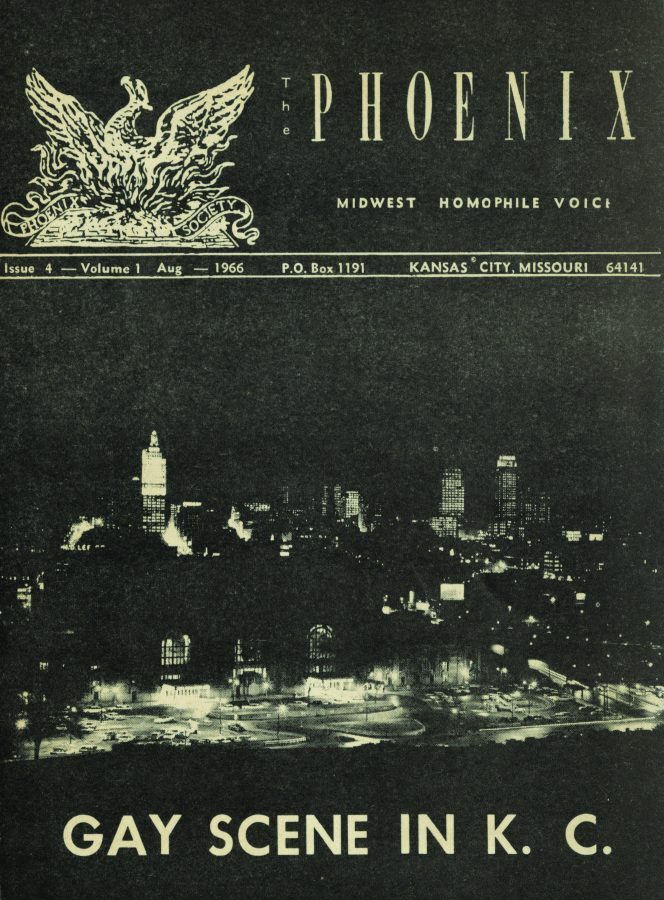
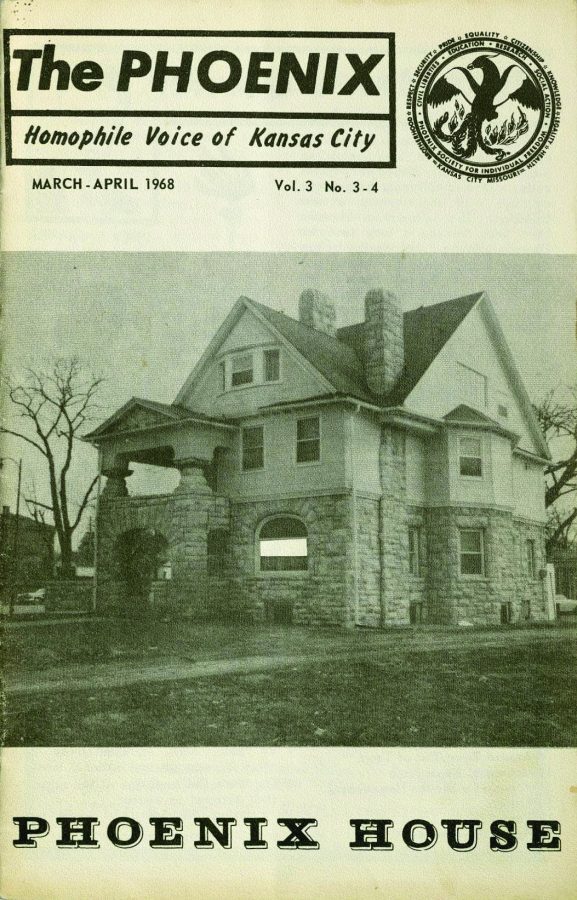
They opened the Phoenix House, a center where people could gather and feel welcome.
"This is all at least three years before Stonewall," Hinds said.
The Stonewall riots of 1969, where patrons at the Stonewall Inn bar in New York physically fought against discriminatory police raids, gave way for a new wave of gay liberation movements.
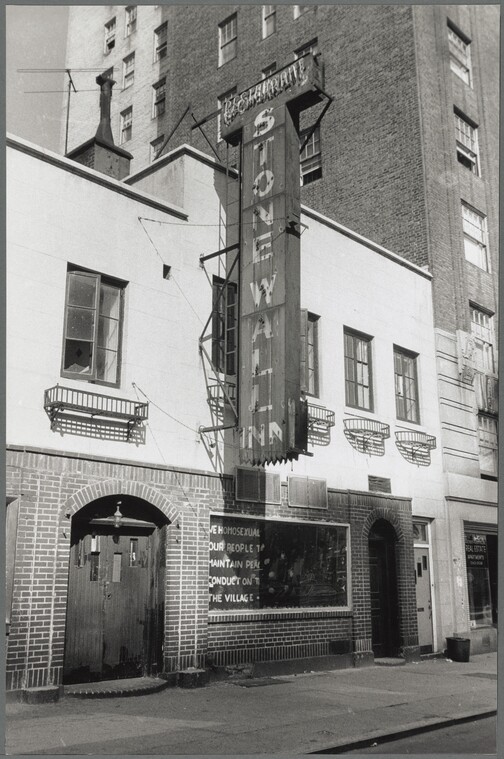
The Homophile movements died down after this. More young activists jumped in, taking a more militant approach to fighting for rights.
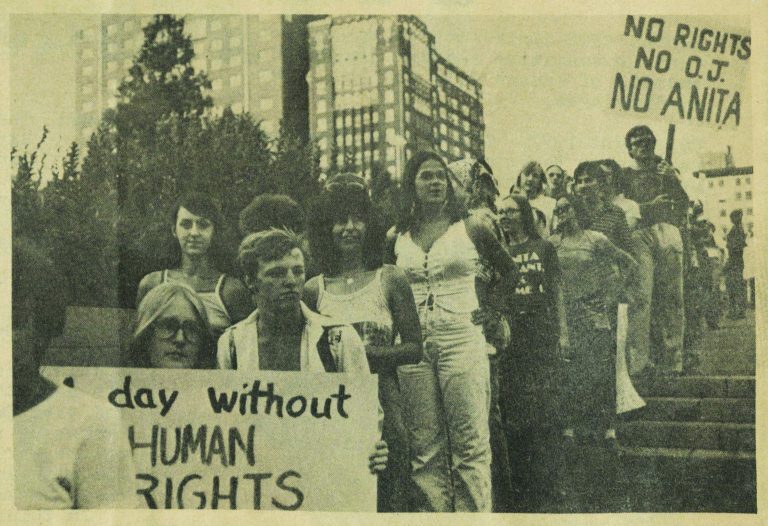
"I think a lot of times we look around and it's still tough, but we sometimes forget how difficult it was back then for them to do that, that trailblazing for us," Suzanne Wheeler, executive director of the Mid-America LGBT Chamber of Commerce, said.
Wheeler said those activists made it possible to thrive personally and economically.
Wheeler is from Kansas City and, after retiring from a 30-year military career, thought about going to either the east or west coast to make a living but realized it was possible at home.
"We stay proud in who we are, that's part of what the month of Pride is, to demonstrate to everyone else that the LGBT community deserves the same rights, same respects that every other citizen has," Wheeler said.
Wheeler says the chamber's goal is to lift up every marginalized member of the community.
The historical marker at Barney Allis Plaza was installed in 2016 to mark the 50-year anniversary of the meeting.
Hinds says you can drive by the marker and be proud of how far Kansas City has come and the activism still at work.
"It's a completely different world and the thing that is so astounding is, this meeting - I was 4 years-old. These changes have taken place in the course of one lifetime," Hinds said. "I think it's hard for people who are activists, engaged in fighting the good fight to not get discouraged because they don't see change happen that week, right. And the thing is, once you get 10, 20, 30 years down the road and you turn around and look behind you, you see the massive, massive changes that occurred because of that day-to-day work."





